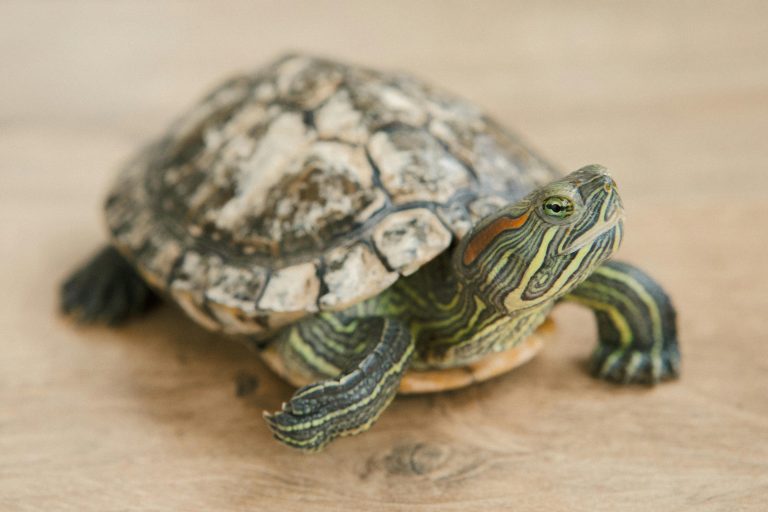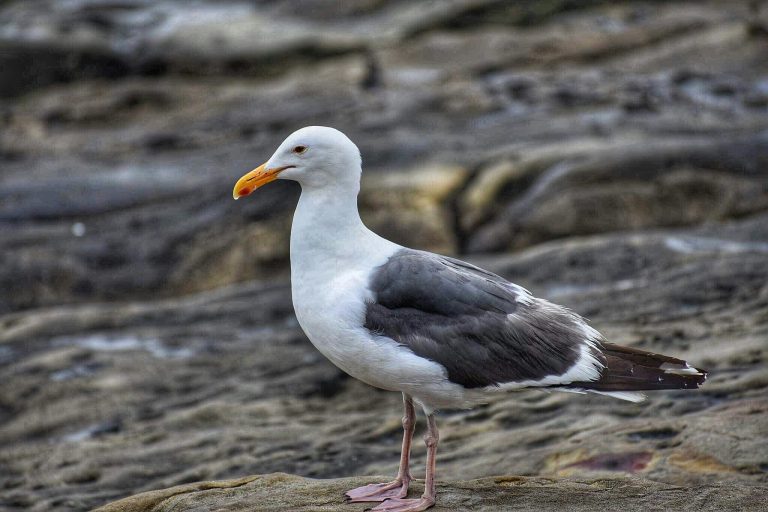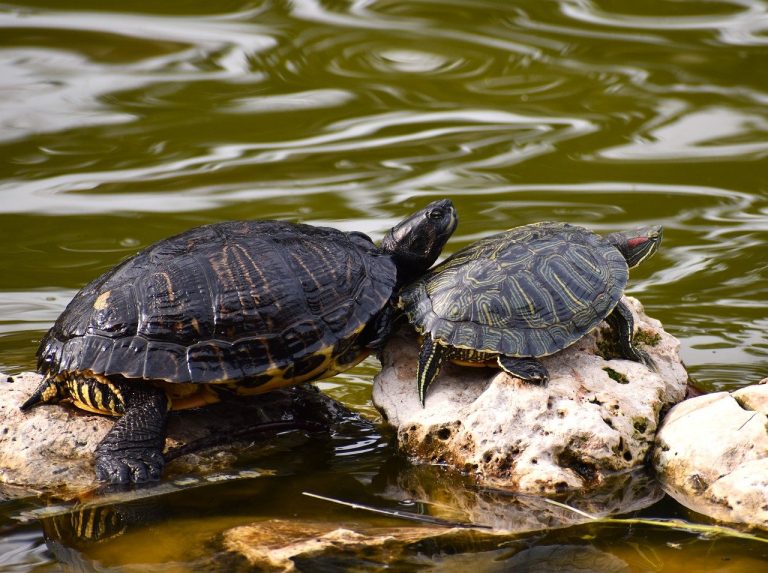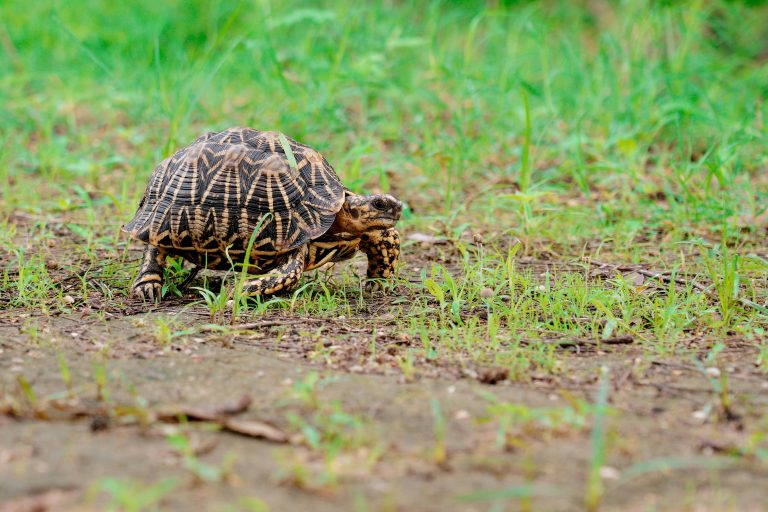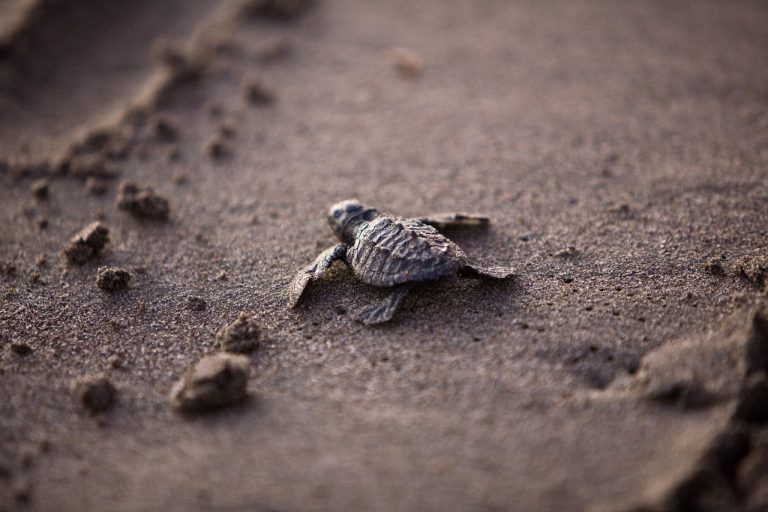How Do Sea Turtles Mate? [FAQs Answered]
Sea turtles lead solitary lives for the most part, but when the season for reproduction rolls around, they embark on a quest to find each other for mating. These magnificent creatures have graced our oceans for a staggering 65 million years, and their ability to successfully reproduce has played a crucial role in ensuring their continued existence. Naturally, one might find themselves pondering the intricate details of how sea turtles go about the business of mating.
In the following paragraphs, I’ll delve into the fascinating world of sea turtle mating and reproduction. We’ll explore the nuances of their mating behaviors and shed light on the timing of this crucial event. As mating season approaches, sea turtles surface or come close to the surface of the water, offering a unique opportunity for observers to catch a glimpse of these remarkable creatures in action. So, if you’ve ever wondered about the mysteries of sea turtle mating, you’re in for an enlightening journey.
When Do Sea Turtles Become Sexually Mature?
Achieving sexual maturity is a pivotal milestone in the lives of sea turtles, but the timing of this milestone varies greatly among different species and even within the same species.
Consider, for instance, the diverse range of ages at which various sea turtle species reach sexual maturity. Leatherbacks, for example, typically attain maturity between the ages of 7 and 13 years, while Olive Ridleys take slightly longer, ranging from 11 to 16 years. Hawkbills, on the other hand, require 20 to 25 years before reaching maturity, while loggerheads may take 25 to 35 years. Green sea turtles, known for their longevity, may not reach sexual maturity until they are between 26 and 40 years old.
Moreover, the size of a sea turtle’s shell can also provide insight into its maturity. Some species may achieve sexual maturity with a carapace size as small as 20 inches, whereas others may require a larger shell, up to 60 inches in size. Interestingly, researchers have discovered that certain sea turtles may continue to grow even after reaching sexual maturity, further highlighting the complexity of their life cycles and biology.
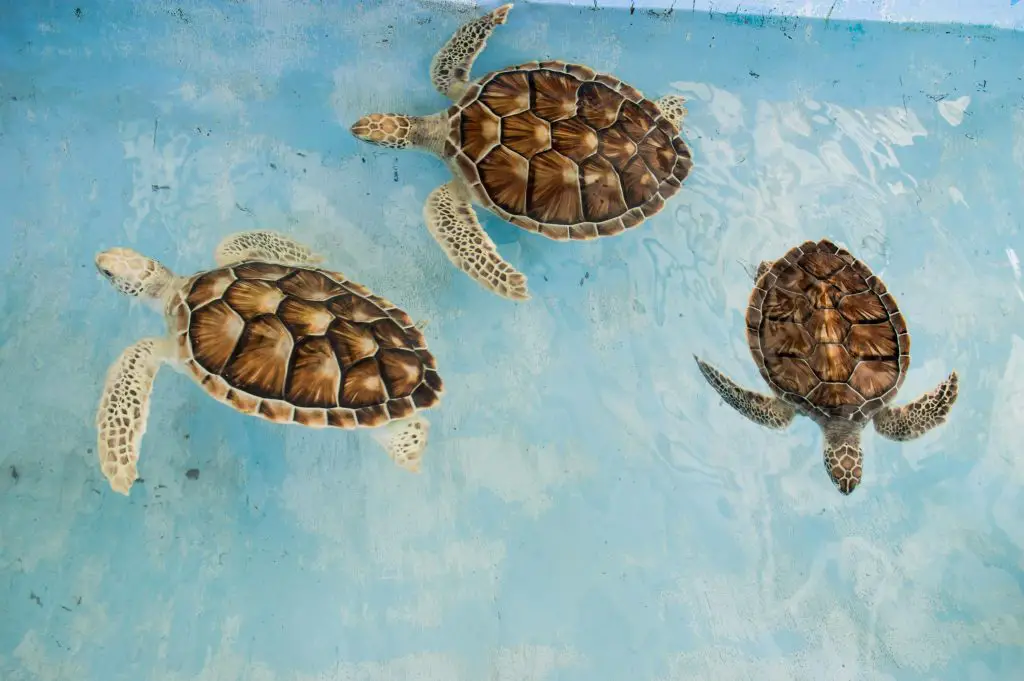
When Do Sea Turtles Mate?
Depending on the species, the nesting season for sea turtles typically spans from May to September. Consequently, they engage in mating activities a few weeks prior to this nesting period. The onset of the mating season coincides with lengthening daylight hours and rising temperatures.
Sea turtles exhibit a preference for warmer conditions during both mating and nesting. This preference is not without reason; warmer temperatures during incubation tend to result in predominantly female hatchlings, whereas cooler temperatures yield more males.
In a fascinating display of maternal foresight, mother turtles carefully select a temperature range that balances the genders of their offspring. By opting for conditions that are neither too cold nor too hot, they ensure an equitable distribution of male and female hatchlings. This strategic approach serves to maintain a healthy gender ratio among sea turtles, ensuring the viability of future generations for successful reproduction.
Where Do Sea Turtles Mate?
Mating among sea turtles is a fascinating affair that can unfold either on the water’s surface or beneath its depths, depending on where the male successfully courts the female.
While sea turtles typically lead solitary lives, venturing far from the bustling seashore, they undergo a remarkable transformation when the nesting season arrives. Female turtles, driven by an instinct as ancient as time itself, return to the very shore where they hatched to lay their eggs.
Following the faint but unmistakable trail left by these maternal voyagers, male turtles embark on their own journey back to the shore. Their presence is essential for fertilizing the eggs laid by the females, ensuring the continuation of their species. In this pivotal moment, the once solitary sea turtles converge, their destinies intertwined in the timeless dance of reproduction.
How Do Sea Turtles Mate?
Picture this: a male turtle embarks on a quest near the seashore, seeking out the company of female sea turtles in the hopes of finding a willing mate. With persistence and determination, he courts various females until he discovers one receptive to his advances.
And so, the intricate dance of mating commences.
The male turtle delicately clambers atop the female’s shell, using his front claws to secure his position. With precision, he positions his long tail beneath hers, aligning their cloacas, the singular openings for defecation, mating, and egg-laying.
Here’s where things get interesting: female sea turtles boast short tails, their cloacas nestled close to the edge of their shells. In contrast, males sport longer tails, allowing easy access to the female’s cloaca, facilitating the crucial act of fertilization.
As the male’s appendage emerges from his cloaca and delicately inserts into the female’s, the intricate process of fertilization unfolds, with hopes for the successful creation of new life.
Yet, this journey isn’t without its challenges, especially for the female turtle. Despite her ability to hold her breath underwater for hours under normal circumstances, the stress of mating presents a different scenario. As she bears the weight of her mate and navigates the depths, she must repeatedly surface for air, her struggles intensified by the male’s presence, risking injury to her shell and neck.
But wait, there’s more: the complexities of mating extend beyond the intimate bond between male and female. In scenarios where competition for mates is fierce, rival males may intervene, disrupting the mating process in a bid to secure their own reproductive success.
These challengers may resort to aggressive tactics, biting and obstructing the mating pair, all in a relentless pursuit of passing on their genetic legacy. Meanwhile, the male, determined to ensure the survival of his genes, must exhibit strategic intelligence, refraining from retaliation against his competitors to avoid being forcibly ousted from his mate’s back.
Amidst the chaos, the female sea turtle perseveres, her struggles a testament to the relentless pursuit of life. As she battles against the currents and the encroaching stress, she remains steadfast, driven by the innate desire to perpetuate her species.
In this intricate ballet of life and reproduction, each participant plays a vital role, navigating the tumultuous waters of survival and propagation with unwavering determination and resilience.
How Long Do Sea Turtles Mate?
Depending on the intensity of competition, a male sea turtle may find himself clinging to a female companion for an astonishing duration, ranging anywhere from 3 to 24 hours. Why such a prolonged bout of mating, you ask? Well, it’s all about ensuring that it’s his genetic legacy that gets passed on.
In a realm where competition for reproductive success is fierce, every moment counts. The male sea turtle is driven by an innate urge to safeguard his genetic contribution, determined to outlast any potential rivals vying for the affections of the female turtle.
Thus, the extended duration of mating serves as a strategic maneuver, a calculated effort to thwart the advances of competing males and secure his place as the sole provider of fertilizing sperm. In this high-stakes game of reproductive roulette, persistence pays off, and the male sea turtle will stop at nothing to ensure that his genes reign supreme.
What Happens After Sea Turtles Mate?
Following their initial mating encounter, male and female sea turtles often part ways, each seeking out additional opportunities for reproduction. However, the male turtles, ever eager to spread their genetic legacy, remain vigilant in their pursuit of willing female companions.
Meanwhile, the female turtles, once they’ve acquired a sufficient supply of sperm to fertilize all their eggs for the season, cease their mating endeavors. With their reproductive needs met, they embark on a journey to the sandy shores, where they meticulously select a suitable nesting site to lay their eggs.
Throughout the nesting season, female sea turtles may lay anywhere from 3 to 9 clutches of eggs, each clutch containing between 65 to 120 eggs. It’s a laborious process, but one vital for the continuation of their species.
As for the males, they dutifully return to the shore year after year, driven by an unwavering commitment to mate with mature females. However, their female counterparts, having expended considerable energy during the previous nesting season, typically refrain from returning to mate for a period of 3 to 4 years. This hiatus allows them the necessary time to recuperate and replenish their reserves, ensuring they’re adequately prepared for the rigors of the next mating season.
In this cyclical dance of reproduction and renewal, both male and female sea turtles play essential roles, their actions intricately woven into the fabric of life along the sandy shores.
At The End…
Observing sea turtles mating in their natural habitat is an awe-inspiring spectacle, a testament to their unwavering commitment to the continuation of their species. While encounters with these majestic creatures on land may be rare, the mating and nesting seasons offer ample opportunities for curious onlookers to witness these remarkable events.
Yet, as mesmerizing as it may be to witness such intimate moments in the lives of sea turtles, it’s essential to remember the importance of respecting their space and allowing them to carry out their reproductive endeavors without interference.
Should you be fortunate enough to encounter sea turtles on the beach during these pivotal seasons, exercise caution and restraint. Refrain from disturbing them, and instead, marvel at the beauty of nature unfolding before your eyes. By giving them the space and tranquility they need, we can ensure that these incredible creatures are able to fulfill their vital role in the circle of life without disruption.
In doing so, we not only honor the incredible journey of the sea turtle but also contribute to the preservation of their species for generations to come.
